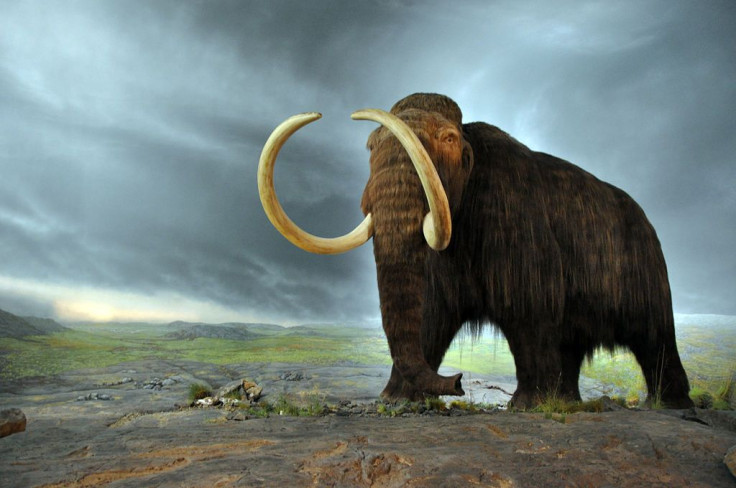Mammoth, Mastodon Tooth Samples Prove Prehistoric Elephants Roamed Ohio, Kentucky 10,000 Years Ago [VIDEO]

When thinking of mammoths and mastodons, it’s easy to picture wooly, slow-moving beasts that were so massive that they could roam anywhere they pleased. Yet scientists have come across new evidence proving that the elephant-like creatures of 10,000 years ago rarely traveled, even more proof that modern-day researchers are still learning about what came before.
Mammoths and mastodons (the animals are closely related, although 21st century elephants are closer related to mammoths compared to mastodons) called North America home over 10,000 years ago. Both species are believed to have come from over the land bridge that once connected Russia and Alaska before making their way down to what is now Ohio and northwestern Kentucky. Research conducted by the University of Cincinnati indicates that, for the most part, mammoths and mastodons tended to remain in that area, where ice sheets had retreated and plenty of plants were available to eat.
“I suspect that this was a pretty nice place to live, relatively speaking,” Brooke Crowley, an assistant professor of geology and anthropology and lead researcher said in a statement. “Our data suggest that animals probably had what they needed to survive here year-round.”
Researchers discovered this by examining enamel from molars that belong to eight mammoths and four mastodons that lived in the Midwest roughly 20,000 years ago. The molars, which Live Science reported were shaped to crush leaves and plant stems, developed as mammoths and mastodons traveled, with the enamel containing strontium samples that were either similar or different to the areas where the beasts roamed, depending on where they were at the time.
“If an animal grows its tooth in one place and then moves elsewhere, the strontium in its tooth is going to reflect where it came from, not where it died,” Crowley added. “A mammoth in Florida did not behave the same way as one in New York, Wyoming, California, Mexico or Ohio.”
Mastodons came over to North America around 5 million years ago, long before the mammoths. Both creatures’ molars have proved incredibly useful to researchers, though, with scientists finding all kinds of information long before this most recent study was published in the journal Boreas. Daniel Fisher, a professor at the University of Michigan, explained what else can be gleaned in the video below:
© Copyright IBTimes 2024. All rights reserved.





















